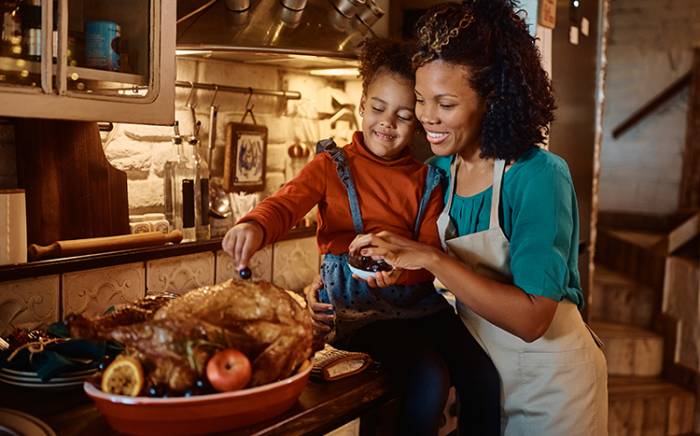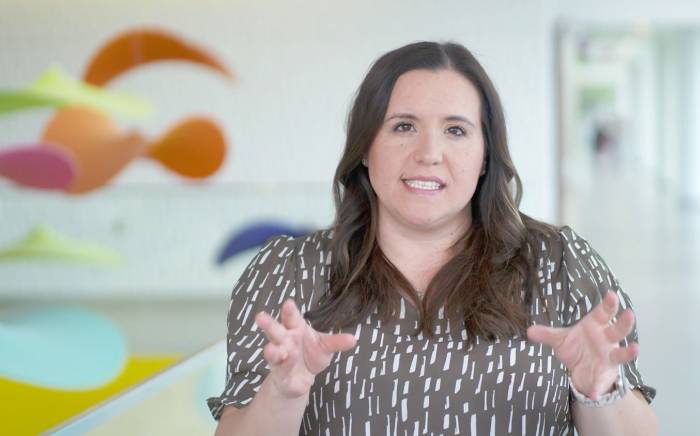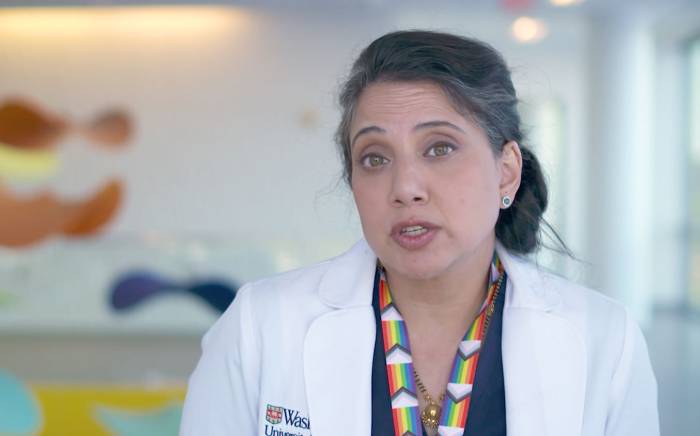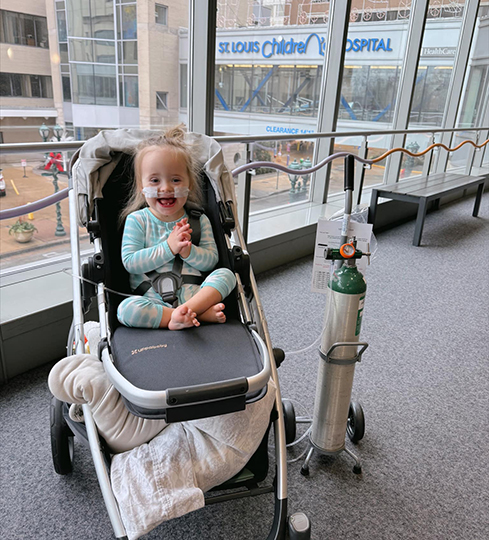You feed your toddler great meals to keep him healthy, but what happens when the food you serve causes him to break out in hives, have difficulty breathing or develop diarrhea? Your son could be one of the 8 percent of kids affected by food allergies.
When children have food allergies, their bodies react to otherwise harmless food as if it were an invader. Symptoms can range from uncomfortable to life-threatening.
“Statistics say two children in a typical classroom will have food allergies,” says Avraham Beigelman, MD, MSCI, Washington University pediatric allergist and director of the food allergy program at St. Louis Children’s Hospital. “We do not know why more children have food allergies now, but thanks to parents’ increased awareness, healthcare professionals and educators are more prepared than ever to diagnose and care for these children.”
Know the Signs
Food allergies can develop at any age and happen even if your child has eaten the same food before.
Symptoms usually begin within a few minutes and almost always within two hours of eating the trigger food and can include tightness in the throat, red splotches on the skin, swelling of the tongue and face, difficulty breathing, and sudden bouts of vomiting. Anaphylaxis, the most serious type of allergic reaction, causes body-wide, life-threatening symptoms. “If you think your child is having an allergic reaction, it’s important to seek medical help as soon as possible, whether it’s emergency intervention for a breathing problem or anaphylaxis or an office visit with the pediatrician or allergist for less serious symptoms,” says Karla Keaney, MD, a pediatrician with Esse-Creve Coeur. “Try to remember as much as possible about what was eaten and when the reaction began. Take pictures if there is a rash. This information helps us identify allergies and rule out intolerance.”
It is possible for children to be intolerant to a certain type of food, meaning it is difficult to digest but that they are not allergic. Allergists confirm allergies by taking detailed histories and performing controlled tests on patients’ blood and skin.
How to Thrive
You work hard to make sure your child receives the proper nutrition at the proper time and stays healthy. But that can be particularly challenging in the case of a food allergy. If your child has a food allergy, the only way to prevent an allergic reaction is to keep your child away from trigger foods 100 percent of the time. Become a food label detective, carefully searching ingredient lists for conflicts. For example, if your child is allergic to milk, avoid foods with casein on the ingredient list. An allergist can help you find a list of foods to skip and put together a nutritional plan to keep your child’s growth on track.
At home, set aside a specific shelf of allergy-safe foods to make snack time a snap, and keep the kitchen in ship-shape condition to avoid cross-contamination. Make sure everyone—including babysitters and visitors—knows the signs of an allergic reaction and what to do if your child has one.
When your child is out and about, a good plan for avoiding allergy triggers can go a long way. In an age-appropriate way, your child should understand what having an allergy means and how to behave when friends or others offer him food.
Before sending your child off to school, talk with the teacher and school nurse about your family’s allergy emergency plan and ask about leaving backup medication in the nurse’s office. Everyone should have a written copy of the plan, and your child should have immediate access to necessary medications, including an epinephrine auto-injector, at all times.










